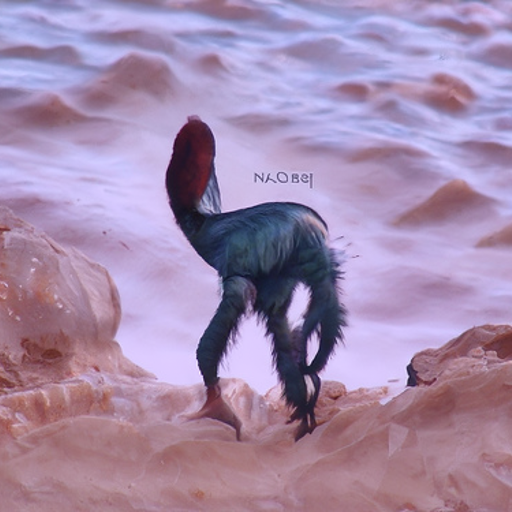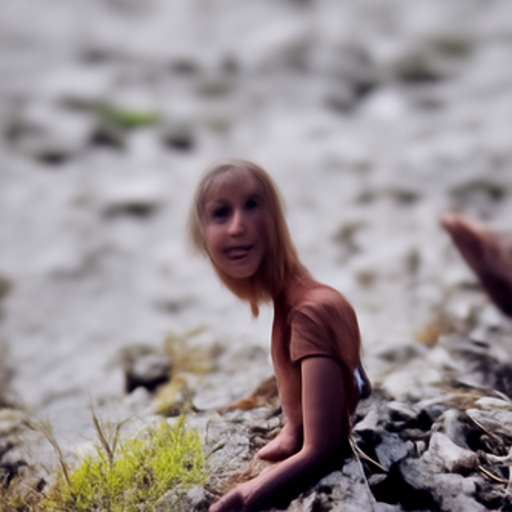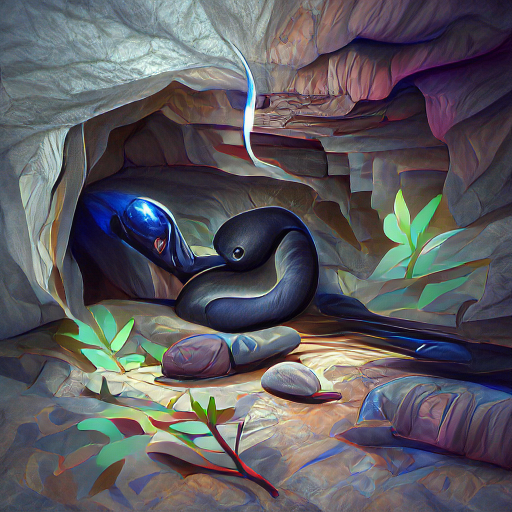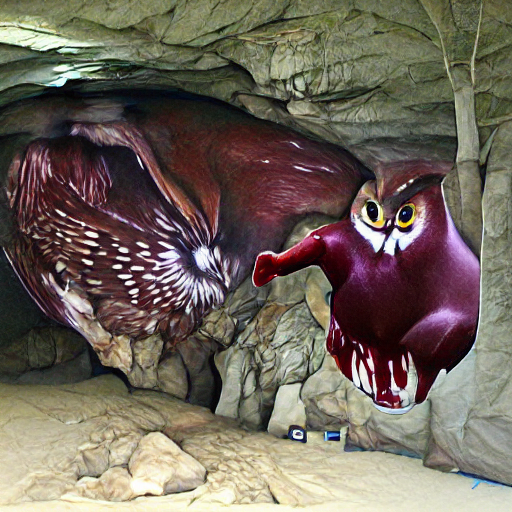

The desert variation is a little rarer than the common decot and typically lives in isolation in abandoned structures in the desert. Its long hair is actually paper-thin and provides shielding against the sun and sandstorms without much added warmth. They use their large claws to dice cacti into around a week's worth of meals per cactus and use their long hair to tie each piece to their body until it's eaten.
Explore an endless universe of ficticious life on NovelGens.




_2.png)
